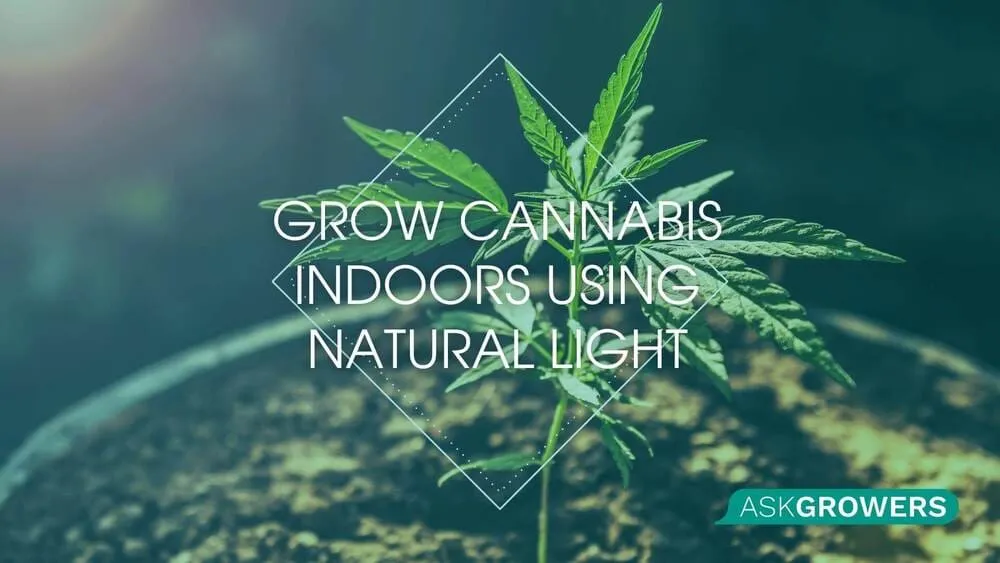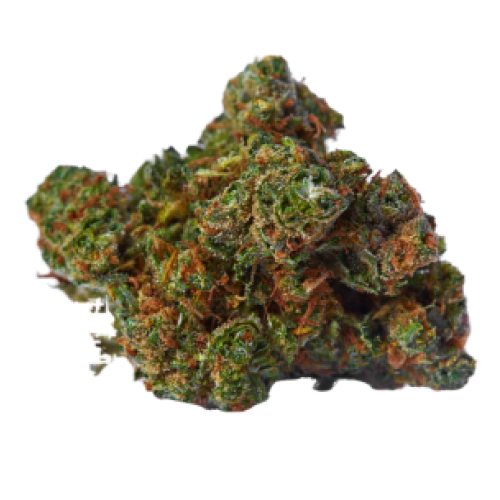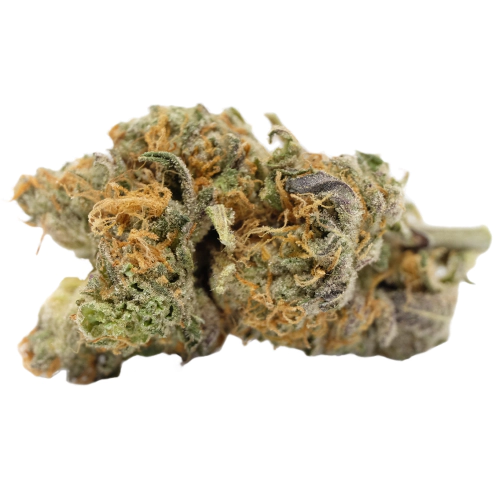Home cannabis growing is one of the most energy-intensive hobbies. Research shows that growing enough weed for a joint requires as much electricity as driving approximately 20 miles in a car. Sophisticated lighting designed to maximize the yield consumes too much electricity, while the cost of this equipment itself makes this hobby inaccessible for many weed lovers. Therefore, home growers are searching for ways to make cannabis cultivation more economically and environmentally sustainable. One of the best ways to do it is to use natural light. This article explains how to grow a cannabis indoors with natural light to reduce electricity consumption.
Role of Light in Cannabis Cultivation
Scientists have proven that light quality and intensity play a crucial role in cannabis production. Evidence collected by different researchers shows that tailoring light quality to the specific plant needs increases bud consistency, quality, and yield. Cannabis plants need light for photosynthesis, allowing them to grow big and strong. Natural light and the cycles of light and darkness also communicate to the plant when to use its energy to stimulate vegetative growth and when to begin flowering. If cannabis plants do not receive enough light, they will remain skinny and fail to deliver the desired yield.
Growers have learned to control the lighting parameters using various technologies, such as light-emitting diodes (LED), HID, fluorescent grow lights, etc. On the one hand, using these energy-intensive tools is economically justified, as they help increase the yield significantly. A study by Eaves and colleagues found that the value of the gain in yield far exceeds the cost of home cultivation. On the other hand, some growers may not need much weed or have limited economic resources. In such cases, growing cannabis in natural light may be a more appropriate option. Three primary benefits of this approach include the following:
- Low cost
- No greenhouse gas emissions
- Saving space
- Natural life cycle
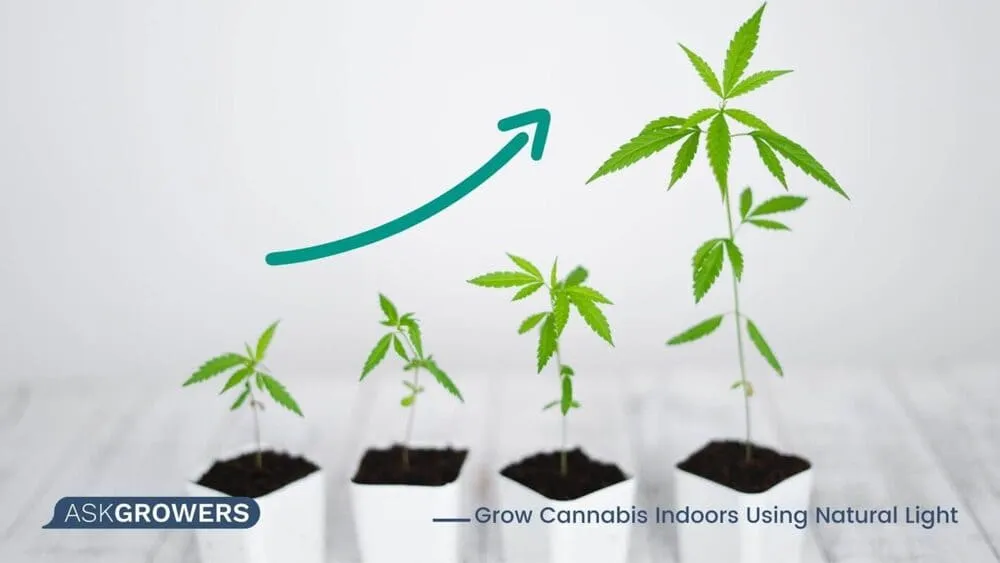
How to Use Natural Light Indoors
If you consider growing marijuana with natural light at home, you need to remember that the right place is crucial for maximizing yield. Find a windowsill, balcony, or terrace exposed to natural light as much as possible. Ideally, choose southeastern and southwestern sun exposure so that your plants can sunbathe for 10 to 12 hours daily. If you are lucky to live in a warm climate, this should not be a problem. Moreover, make sure no shade could shield the growing pots from light.
Another thing to consider is to follow the natural life cycles. For example, if you live in the Northern Hemisphere, you should germinate your weed seeds in spring so that your plants will receive maximum sunlight in summer.
If your windowsill is located near a radiator, make sure to control water evaporation. Water in the soil may evaporate very quickly in high temperatures, so you need to water the plant regularly. The place should not be too warm during the day and slightly cooler at night. It is recommended to maintain a 75-850 F temperature during the daytime.
There are a few other important things to know when you use natural light:
- Choose deep containers. You give your plants more space to grow bigger by getting deeper pots. Extra room is essential because naturally growing plants tend to be smaller than those cultivated in controlled environments.
- Add nutrients. Feed your weed with specialized nutrient solutions to increase yield.
- Add artificial lighting if needed. If the weather gets bad, your plants may need supplemental lighting. Cheap fluorescent lights are better than nothing, so make sure you have them at home just in case.
- Rotate pots regularly to expose all sides of the plants to the sun.
- You may also keep a grow journal if you plan to grow cannabis next season. This will help you record all essential information and determine best practices.
- Some regulators and landlords prohibit public exposure of cannabis plants, so choose a place where no one can see your miniature garden.
- If you place your pots outside, they can be damaged by insects and animals. Therefore, keep an eye on them.
- The weather may also be a problem, with wind, hail, and rain being the most dangerous for the cannabis garden. Do not leave your plants outside or near open windows if you go somewhere because you may need to bring them indoors in case the weather gets worse.
Recommended seeds for indoor growing
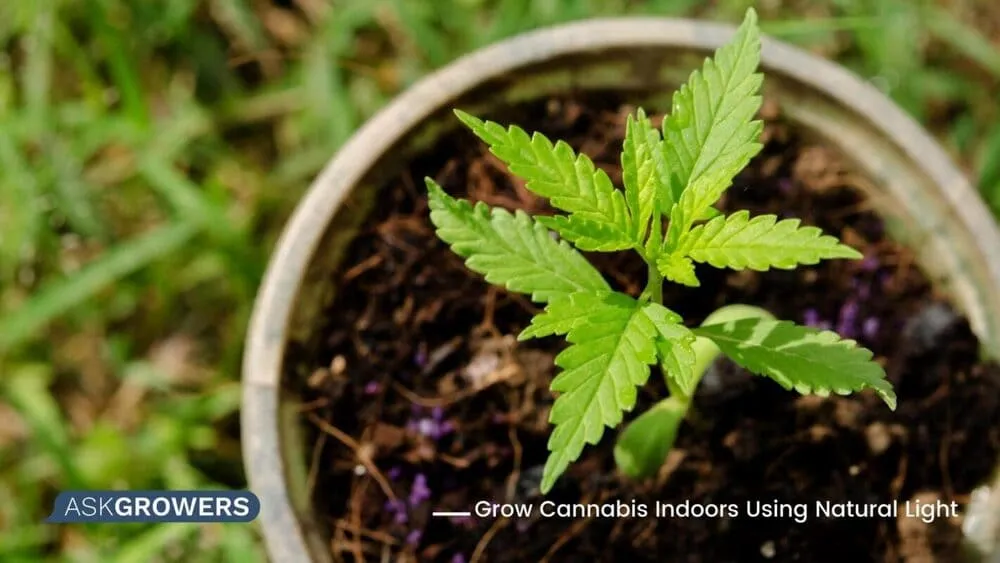
What to Expect
There is a difference between natural sun grown weed plant vs light plant. Natural light does not allow plants to grow big. It may also negatively affect THC and CBD content and terpene expression. Finally, moderate exposure to sunlight does not allow maximizing yield. Alternatively, artificial lights help maintain the plants in peak condition, making them look and taste better.
You need to consider these differences before choosing the lighting approach. Natural light is a good option if you need a small amount of weed and do not want to spend a fortune on cultivation. If you have an appetite for a large yield and the best cannabinoid content, artificial light is a game-changer for you.
Summing Up
When it comes to choosing cannabis indirect natural light versus indoor artificial lighting, everything comes down to your needs and expectations. If you are growing a handful of plants and want your garden to be as natural as possible, you can take advantage of sunlight. However, make sure you create an optimal environment so that your plant can provide a good yield and supply you with high-quality weed.
